The Ultimate Ergonomic Chair Checklist for Work-from-Home Professionals
Table Of Contents
- Introduction
- Why Ergonomic Chairs Matter for Remote Workers
- 10 Essential Ergonomic Chair Features to Look For
- Finding the Right Chair Dimensions for Your Body
- Chair Material Considerations for Comfort and Durability
- Budget Considerations: When to Save vs. Invest
- Setting Up Your Ergonomic Chair Correctly
- Complementary Furniture for a Complete Ergonomic Setup
- Conclusion
The shift to remote work has transformed spare bedrooms and kitchen tables into permanent workspaces for millions of professionals. While this transition offers flexibility and eliminates commutes, it also brings a significant challenge: creating an ergonomic home office that supports long-term health and productivity.
At the center of this ergonomic equation is perhaps the most important piece of office furniture you'll invest in—your chair. A high-quality ergonomic chair isn't merely a comfortable place to sit; it's a sophisticated tool designed to support your body through long workdays while preventing the pain and discomfort that can develop from improper positioning.
Whether you're setting up a new home office or upgrading your current workspace, this comprehensive guide will walk you through everything you need to know about selecting the perfect ergonomic chair. From essential features and proper measurements to material considerations and complementary furniture, we've created the ultimate checklist to help work-from-home professionals make informed decisions that benefit both their health and productivity.
Why Ergonomic Chairs Matter for Remote Workers
The transition to remote work has fundamentally changed how we interact with our workspaces. Unlike traditional offices where employees might frequently move between meeting rooms, colleagues' desks, and break areas, home-based professionals often spend longer uninterrupted periods at their desks. This sedentary behavior makes proper ergonomic support even more crucial.
Research from the Journal of Physical Therapy Science found that using non-ergonomic seating for extended periods significantly increases the risk of developing musculoskeletal disorders, particularly affecting the neck, shoulders, and lower back. For remote workers, these risks are amplified by longer working hours and fewer natural breaks.
Beyond physical health, ergonomic chairs directly impact your productivity and work quality. A study by the Washington State Department of Labor and Industries demonstrated that proper ergonomic interventions, including high-quality seating, increased productivity by an average of 23% while simultaneously reducing error rates.
The potential long-term health implications of poor seating choices include:
- Chronic lower back pain and increased pressure on spinal discs
- Tension headaches from improper neck positioning
- Shoulder and upper back strain
- Reduced circulation in legs from improper seat height and depth
- Wrist pain from compensating for inadequate armrest support
Investing in a proper ergonomic chair isn't a luxury—it's a necessity for protecting your health and ensuring sustainable performance in your remote career.
10 Essential Ergonomic Chair Features to Look For
Not all chairs marketed as "ergonomic" truly deliver on that promise. To ensure you're selecting a chair that provides comprehensive support, look for these ten critical features when shopping for your home office:
1. Adjustable Seat Height
Proper seat height ensures your feet rest flat on the floor while your knees maintain a 90-degree angle. Look for chairs with pneumatic adjustment levers that allow for easy height modifications between 16-21 inches from the floor, accommodating different desk heights and user dimensions.
A correctly positioned seat height prevents pressure on the backs of your thighs and promotes healthy circulation. If your chair is too high or too low, it forces your body to compensate, often leading to poor posture and discomfort over time.
2. Lumbar Support
The natural S-curve of your spine requires proper support, particularly in the lumbar (lower back) region. High-quality ergonomic chairs feature adjustable lumbar support that can be positioned to match the natural curve of your lower back.
Look for chairs with both height and depth adjustable lumbar support to accommodate your specific spinal curvature. This feature is non-negotiable for preventing lower back pain during long working sessions. Some advanced ergonomic chairs even offer dynamic lumbar support that adjusts as you move.
3. Seat Depth and Width
The seat pan should be wide enough to comfortably accommodate your hips and thighs while providing about 2-4 inches of clearance between the edge of the seat and the backs of your knees. Many premium ergonomic chairs offer adjustable seat depth (also called a sliding seat), allowing you to customize this dimension.
Proper seat depth ensures weight is evenly distributed across your sitting surface, reducing pressure points and promoting better circulation to your lower extremities during long working sessions.
4. Backrest with Recline Function
Research shows that the optimal seated position isn't perfectly upright but reclined slightly at a 100-110 degree angle. A quality ergonomic chair should have a backrest that reclines and locks at various positions to support different tasks throughout your day.
Look for chairs with tension control that allows you to adjust the amount of force needed to recline. This feature enables you to find the perfect balance between support and movement, encouraging subtle position changes that reduce static muscle fatigue.
5. Adjustable Armrests
Properly positioned armrests reduce strain on your shoulders, neck, and upper back by supporting the weight of your arms. The best ergonomic chairs offer multi-directional armrest adjustments, including:
- Height adjustability to support arms at a 90-degree angle
- Width adjustability to accommodate different body frames
- Pivot functionality to support different working positions
- Depth adjustability to match your preferred distance from the desk
6. Swivel Base with Casters
A 360-degree swivel function allows you to rotate freely to reach different areas of your workspace without straining. This seemingly simple feature significantly reduces the need to twist your spine, which can lead to injury over time.
Quality casters should match your flooring type—soft casters for hard floors and hard casters for carpeted surfaces. The best office chairs feature smooth-rolling, durable casters that support easy movement without damaging your flooring.
7. Headrest
Though not essential for all users, a headrest can provide crucial support for professionals who spend significant time leaning back while reading or on calls. An adjustable headrest should support the natural curve of your neck and be positionable to match your height and preferred sitting position.
When properly adjusted, a good headrest reduces strain on neck muscles and helps prevent the forward head posture that commonly develops during long computer sessions.
8. Breathable Material
Comfort during long work sessions requires proper temperature regulation. Chairs with mesh backrests provide superior ventilation compared to fully upholstered options, allowing air circulation that prevents overheating and sweating.
Beyond comfort, breathable materials also tend to be more durable and easier to clean—an important consideration for furniture that will see daily use for years to come.
9. Stable Five-Point Base
A wide base with five points of contact provides crucial stability, preventing tipping even when you're reaching or leaning. This safety feature is particularly important if you tend to move dynamically in your chair during the workday.
The five-point base design has become standard for quality ergonomic chairs, but verify that the base is made from durable materials like reinforced nylon or aluminum that can withstand years of use.
10. Weight Capacity and Build Quality
A well-built ergonomic chair should clearly state its weight capacity and be constructed to support your body type without compromising on adjustability or comfort. Premium chairs typically offer weight capacities between 250-300 pounds, with specialized models available for those requiring additional support.
Build quality affects not just the chair's safety but also its longevity. Quality components like metal adjustment mechanisms, high-density foam, and precision engineering justify the higher price point of premium ergonomic models.
Finding the Right Chair Dimensions for Your Body
Ergonomic chairs aren't one-size-fits-all solutions. Your height, weight, and body proportions all influence which chair dimensions will provide optimal support. Here's how to determine the right measurements for your unique needs:
Seat Height Range
To determine your ideal seat height:
- Stand in front of the chair wearing your typical work shoes
- Adjust the chair height so the highest point of the seat is just below your knee cap
- When seated, your feet should rest flat on the floor with knees at a 90-degree angle
For most adults, the proper ergonomic seat height falls between 16-21 inches from the floor, but this varies based on your height and desk dimensions. If you're using a fixed-height desk, make sure your chair height allows your arms to rest comfortably on the desk surface at a 90-degree angle.
Seat Width and Depth
The standard seat width for ergonomic chairs ranges from 17-20 inches, which comfortably accommodates most adults. If you have a broader frame, look for chairs specifically designed with wider seats.
For seat depth, measure from the back of your buttocks to the back of your knees when seated. Your ideal seat depth should be 1-2 inches less than this measurement to avoid pressure on the backs of your knees. Many premium functional chairs offer adjustable seat depth to perfect this dimension.
Backrest Dimensions
The backrest should support the natural curve of your spine and be tall enough to support at least up to your shoulder blades. If you frequently recline or have upper back issues, consider a high-back model that supports your entire back and neck.
The width of the backrest typically ranges from 12-19 inches. While wider backrests provide more support, ensure the design doesn't restrict your arm movement or make the chair too bulky for your workspace.
Special Considerations for Different Body Types
If you're shorter than 5'4" or taller than 6'2", you may need to explore chairs specifically designed for your height range. Features like extended height cylinders for tall users or shallower seat depths for shorter individuals can make a significant difference in comfort.
Similarly, if you weigh over 250 pounds, look for chairs with reinforced components and wider seats that provide proper support without compromising on ergonomic adjustability. Many manufacturers now offer specialized lines designed for different body types while maintaining proper ergonomic positioning.
Chair Material Considerations for Comfort and Durability
The materials used in your ergonomic chair affect not just its appearance but also its comfort, durability, and maintenance requirements. Here's what to consider when evaluating chair materials:
Upholstery Options
Mesh: Highly breathable and ideal for warmer environments or users who tend to overheat. Quality mesh offers excellent durability while conforming to your body shape. Look for high-density mesh that maintains its tension over years of use.
Fabric: Offers more cushioning than mesh while providing good breathability. Premium fabric chairs use commercial-grade textiles with high rub counts (15,000+ cycles) to resist wear. Consider stain-resistant treatments if you frequently eat at your desk.
Leather: Projects a premium aesthetic and typically offers excellent durability. Genuine leather chairs develop a patina over time and can last decades with proper care. However, they provide less breathability than mesh or fabric options.
PU Leather: A more affordable and animal-friendly alternative to genuine leather. Modern PU leather chairs offer good durability and easy maintenance, though they typically don't last as long as genuine leather.
Frame and Base Materials
The structural elements of your chair determine its stability and longevity:
Aluminum: Offers an excellent strength-to-weight ratio and typically indicates a premium chair. Polished or brushed aluminum frames provide both durability and a sleek aesthetic.
Reinforced Nylon: A more affordable option that still offers good durability. Quality nylon frames can support substantial weight while remaining lightweight.
Steel: Provides maximum durability and weight capacity but adds to the chair's overall weight. Often used in the internal mechanisms rather than the visible frame.
Cushioning Types
The cushioning in your seat pan significantly impacts comfort during long working sessions:
High-Density Foam: Offers firm but comfortable support that retains its shape over years of use. Look for chairs with multiple density zones that provide firmer support where needed.
Memory Foam: Conforms to your unique body shape, providing personalized comfort and pressure distribution. Premium chairs often feature memory foam overlays on top of more supportive base foam.
Gel-Infused Foam: Combines the support of high-density foam with temperature-regulating properties of gel. This advanced option helps prevent overheating during long sitting sessions.
Maintenance and Longevity
When selecting materials, consider their long-term maintenance requirements:
Removable and washable covers provide practical advantages for maintaining a clean workspace. Some premium chairs offer replaceable components, allowing you to refresh worn parts rather than replacing the entire chair.
Expected lifespan varies significantly based on materials and construction quality—budget chairs typically last 1-2 years of full-time use, mid-range options 3-5 years, and premium ergonomic chairs often come with warranties of 10+ years, reflecting their expected longevity.
Budget Considerations: When to Save vs. Invest
Ergonomic chairs span a vast price range, from budget-friendly options under $200 to premium models exceeding $1,500. Understanding this pricing spectrum helps you make an informed decision about where your investment will provide the greatest return in comfort, productivity, and health benefits.
The True Cost Calculation
When evaluating chair prices, consider the cost per year of use rather than just the upfront price. A $1,000 chair with a 10-year warranty costs approximately $100 per year—often less than the combined replacement cost of multiple budget chairs that fail after 1-2 years.
Additionally, factor in the potential hidden costs of inadequate ergonomic support: medical bills, decreased productivity, and lost workdays due to pain or discomfort can quickly exceed the price difference between budget and premium options.
When to Save
Budget-conscious options make sense in several scenarios:
- When setting up a temporary home office or if you work from home only occasionally
- If you naturally move frequently throughout the day rather than sitting for extended periods
- When you're using the chair to complement a standing desk setup where you sit less than 3-4 hours daily
If choosing a more affordable option, prioritize adjustability features over premium materials or brand names. A simple chair with good adjustability will serve your ergonomic needs better than a fancy-looking chair with fixed components.
When to Invest
Higher-end ergonomic chairs justify their cost in these situations:
- If you work from home full-time or for extended hours (6+ hours of sitting daily)
- If you have existing back, neck, or posture issues that require specialized support
- When you plan to use the same chair for 5+ years
- If you have a body type that isn't well-served by standard chair dimensions
Premium chairs from established manufacturers typically offer more comprehensive warranties, better customer support, and guaranteed access to replacement parts—all valuable considerations for a long-term investment in your health and productivity.
Finding Value at Every Price Point
At Loft Home Furniture, we curate office chairs that deliver exceptional value regardless of price point. Our collection includes options ranging from affordable yet ergonomically sound designs to premium models with comprehensive adjustability features.
Before making your final decision, take advantage of our showroom to test chairs in person whenever possible. The subjective experience of comfort varies widely between individuals, and a chair that works perfectly for one person might not suit another, even with identical body measurements.
Setting Up Your Ergonomic Chair Correctly
Even the most advanced ergonomic chair won't provide its intended benefits if improperly adjusted. Follow this step-by-step process to optimize your chair's setup:
Initial Chair Adjustments
- Seat Height: Stand in front of the chair and adjust the seat height so the highest point of the seat is just below your kneecap. When seated, your feet should rest flat on the floor with knees at 90 degrees.
- Seat Depth: While seated, adjust the seat pan depth so you can fit 2-3 fingers between the edge of the seat and the backs of your knees. This prevents pressure on the popliteal area which could restrict circulation.
- Lumbar Support: Adjust the lumbar support to align with the natural curve of your lower back—typically just above your beltline. The support should make contact with your back without forcing your spine out of its natural position.
- Backrest Angle: Set the backrest to support a slightly reclined position (100-110 degrees) for general computer work. This reduces pressure on your lumbar discs and allows for better blood flow compared to sitting completely upright.
Fine-Tuning Your Position
- Armrest Adjustment: Position armrests so your shoulders remain relaxed and your forearms rest lightly on the supports with elbows at approximately 90 degrees. Armrests should match the height of your desk to create a seamless transition.
- Headrest Positioning: If your chair includes a headrest, adjust it to support the natural curve of your neck when in both upright and reclined positions. The headrest should make contact with the base of your skull, not your upper neck or shoulders.
- Tension Control: Adjust the tilt tension to allow controlled, supported movement when you recline. The chair should provide resistance without requiring significant effort to change positions.
Integrating with Your Desk Setup
Your chair works as part of an integrated ergonomic system that includes your desk, monitor, keyboard, and other accessories:
- Position your monitor at eye level, approximately an arm's length away, to maintain proper neck positioning
- Align your keyboard so your wrists remain neutral (not bent up or down) when typing
- Consider a footrest if your desk height cannot be adjusted to match your optimal chair height
Remember that proper ergonomics involves movement, not just static positioning. The best setup allows you to easily transition between slightly different postures throughout the day, preventing the strain that comes from maintaining any single position for too long.
Complementary Furniture for a Complete Ergonomic Setup
While your ergonomic chair is the centerpiece of your home office, several complementary pieces can enhance your overall comfort and productivity:
Height-Adjustable Desks
Pairing your ergonomic chair with a height-adjustable desk allows for seamless transitions between sitting and standing throughout your workday. This dynamic approach to workplace ergonomics reduces the risks associated with prolonged sitting while maintaining proper positioning for all tasks.
When selecting a height-adjustable desk, consider:
- Height range that accommodates both your seated and standing positions
- Stability at maximum height to prevent wobbling during typing
- Programming capabilities to save your preferred height settings
- Desktop size appropriate for your equipment and work style
Our collection of height-adjustable tables provides options ranging from manual adjustment mechanisms to advanced motorized systems with memory presets.
Ergonomic Accessories
These additional elements complete your ergonomic workspace:
Keyboard Trays and Ergonomic Keyboards: Adjustable keyboard trays allow you to position your keyboard at the ideal height and angle for your specific needs, often lower than what a standard desk allows. Consider pairing with an ergonomic keyboard that promotes a more natural wrist and hand position.
Monitor Arms: These adjustable supports allow precise positioning of your screen(s) at the optimal height, distance, and angle for your vision and posture. Proper monitor positioning prevents the forward head posture that commonly leads to neck strain.
Footrests: If your chair and desk combination leaves your feet dangling or unsupported, a footrest restores proper lower body positioning. This is particularly important for shorter individuals using standard-height desks.
Document Holders: Position reference materials at eye level adjacent to your monitor to prevent constant neck turning and looking down, which can strain neck muscles over time.
Storage Solutions
Thoughtful storage integration supports better ergonomics by keeping frequently used items within easy reach:
Mobile Pedestals: These under-desk storage units provide convenient access to files and supplies without requiring you to leave your ergonomic position. Look for options with soft-close drawers and smooth-rolling casters.
Vertical Storage: Utilize wall space with shelving or cabinets to maximize floor space while keeping important materials accessible. Our bookshelves and cabinets collections offer options that combine functionality with design aesthetics suitable for home environments.
Cable Management: Proper cable organization prevents trip hazards and the need to reach awkwardly behind furniture to access connections. Consider integrated cable management channels or aftermarket solutions that keep cords neatly contained.
By thoughtfully integrating these complementary elements with your ergonomic chair, you create a comprehensive workspace that supports proper positioning throughout your workday, regardless of the tasks you're performing.
Conclusion
Selecting the right ergonomic chair represents one of the most significant investments you can make in your long-term health and productivity as a work-from-home professional. The perfect chair isn't merely comfortable—it's a sophisticated tool that adapts to your unique body dimensions and working style while providing the support necessary to maintain proper positioning throughout your workday.
Remember that ergonomics isn't about finding a single perfect position but rather enabling a dynamic relationship between your body and workspace. The best ergonomic chairs facilitate subtle movements and position changes while maintaining proper support, allowing you to work comfortably through long sessions without developing the pain and fatigue associated with static postures.
As you evaluate your options, consider not just the initial comfort but also the adjustability features, material quality, and long-term durability that will determine your satisfaction over years of daily use. A truly ergonomic chair should grow with you, accommodating changes in your workspace, work style, and physical needs over time.
At Loft Home Furniture, we understand that your home office is both a professional space and an integral part of your living environment. That's why we've curated a collection of ergonomic chairs that combine technical performance with design aesthetics suitable for integration into your home. From minimalist designs that complement modern interiors to statement pieces that express your personal style, we offer options that never compromise on ergonomic functionality.
Invest in your health, comfort, and productivity with a chair that supports not just your body, but your professional journey as a work-from-home professional. Your future self will thank you.
Explore Loft Home Furniture's ergonomic chair collection today to find the perfect balance of comfort, support, and style for your home office setup.


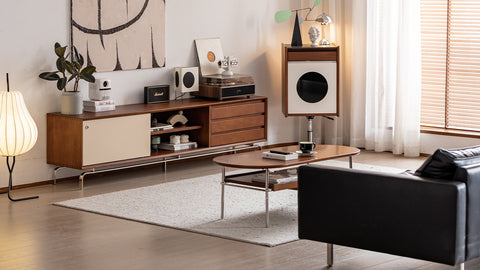

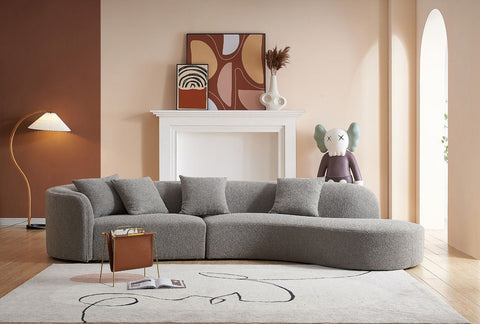
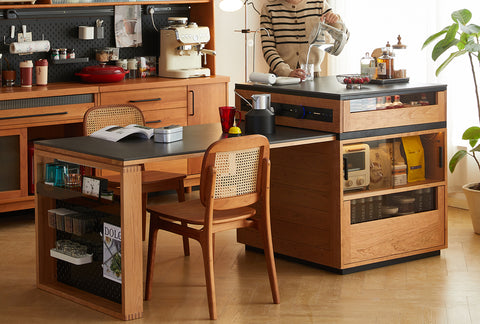
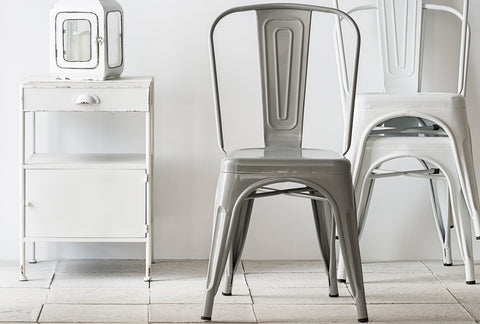
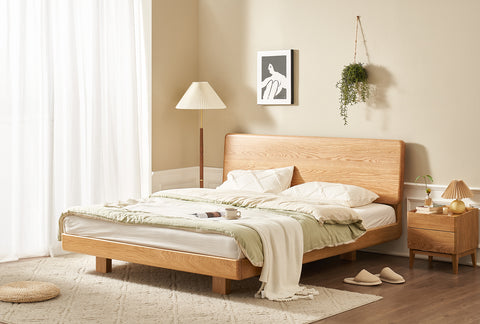



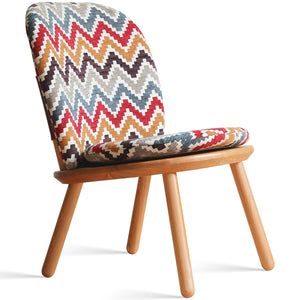
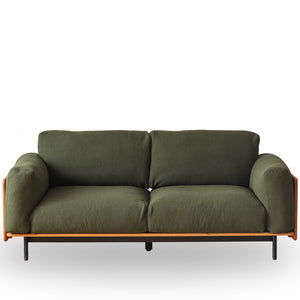
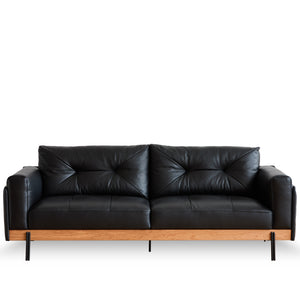
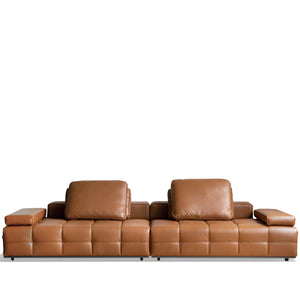
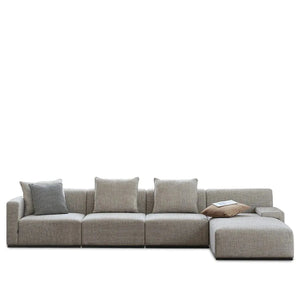
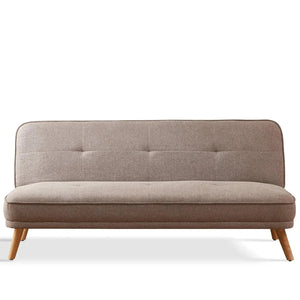
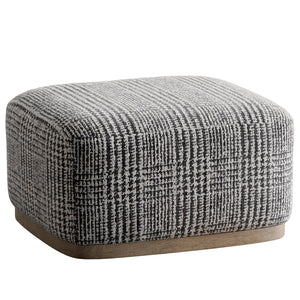

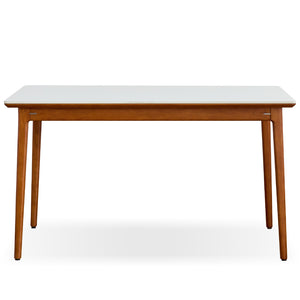
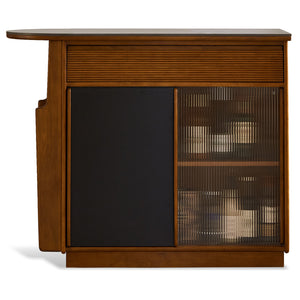
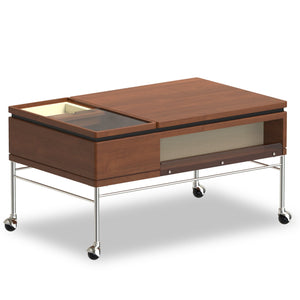
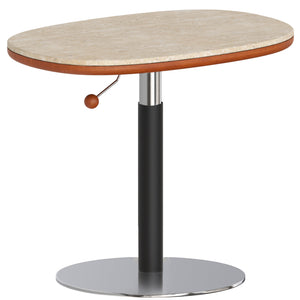
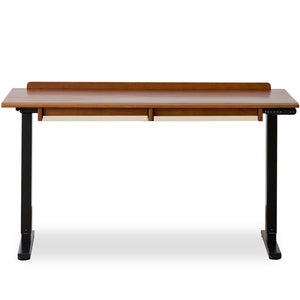
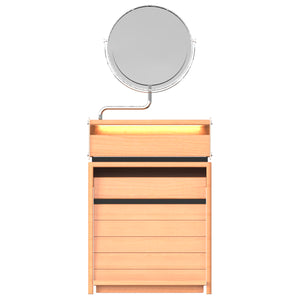

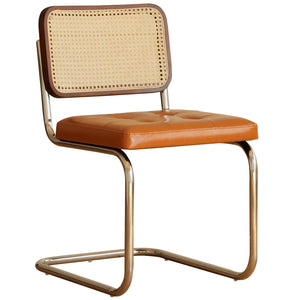
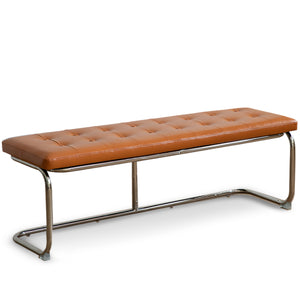
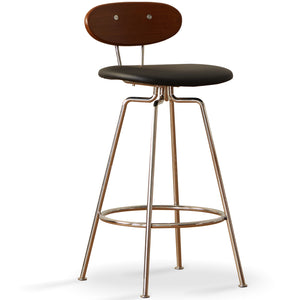

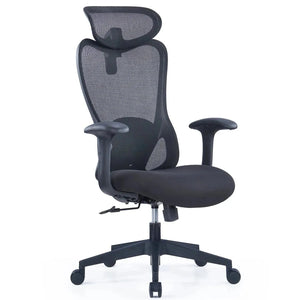

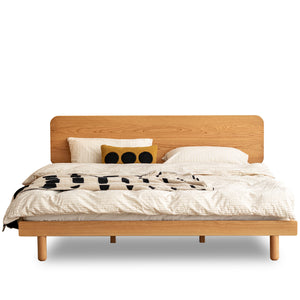
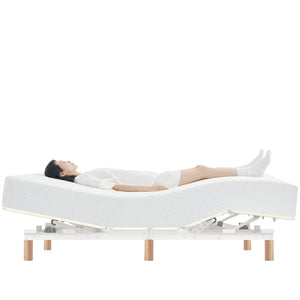

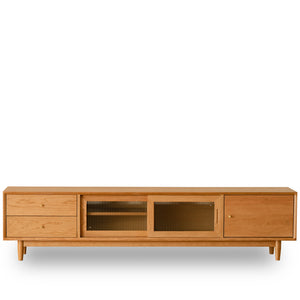
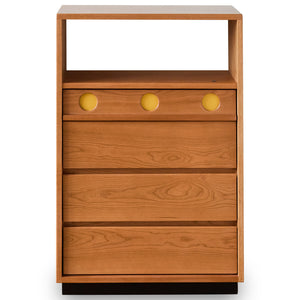
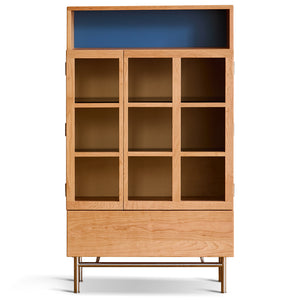
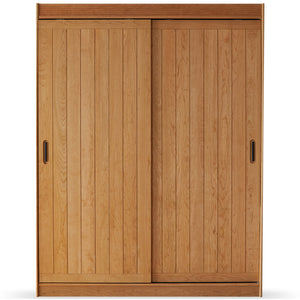
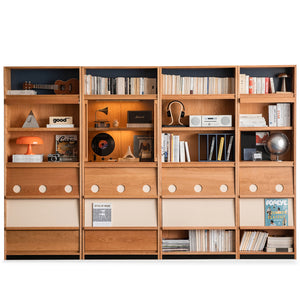

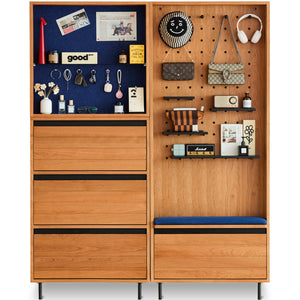
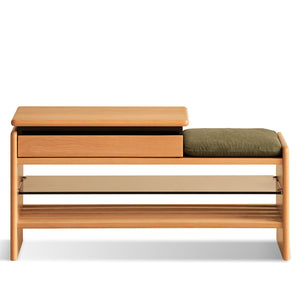
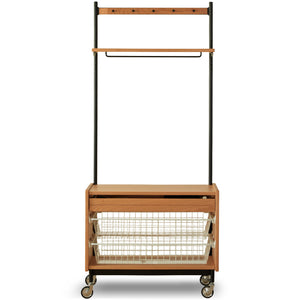






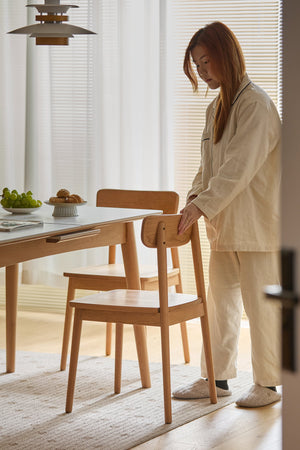
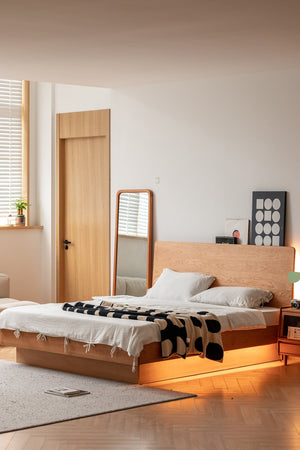



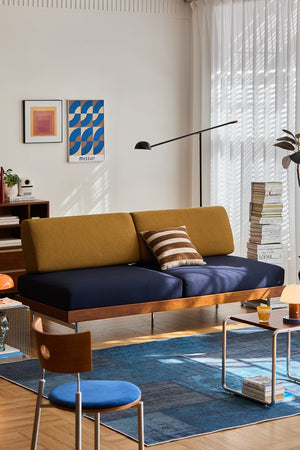

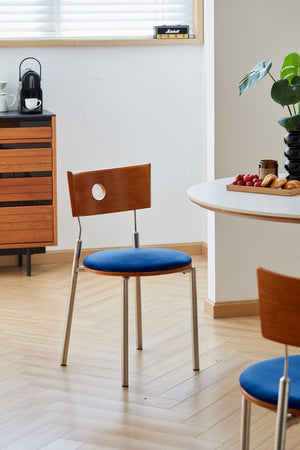



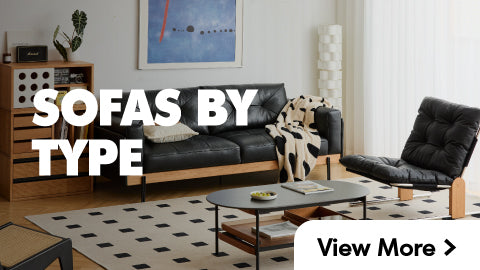
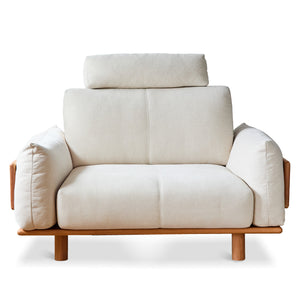

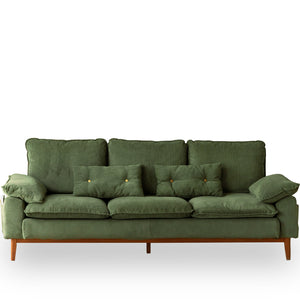
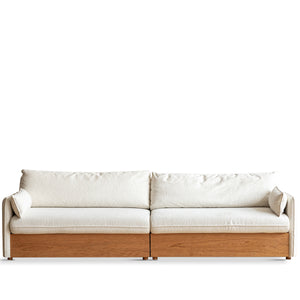
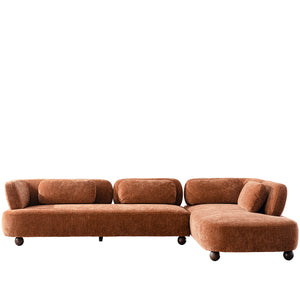
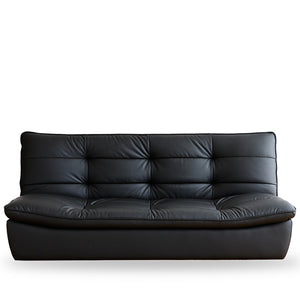
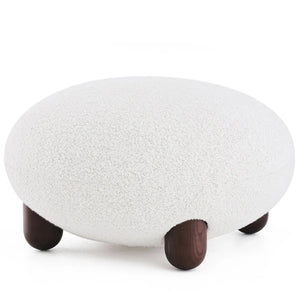

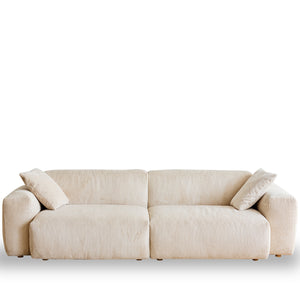
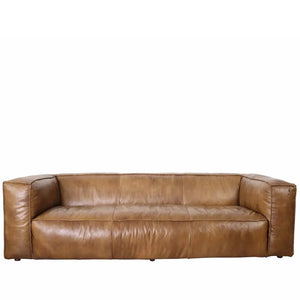
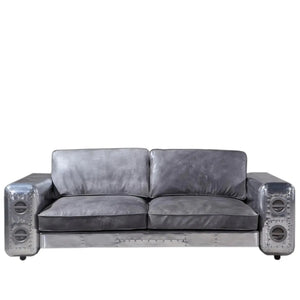
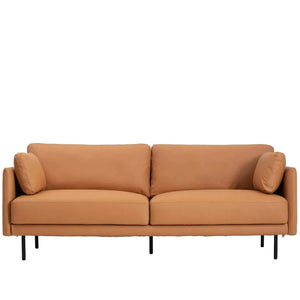
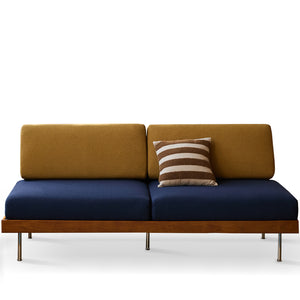
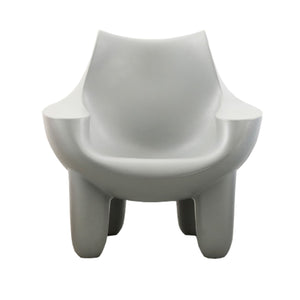


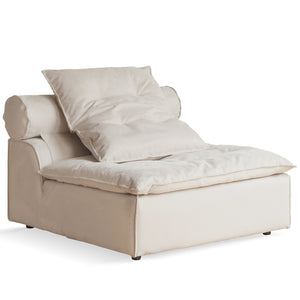

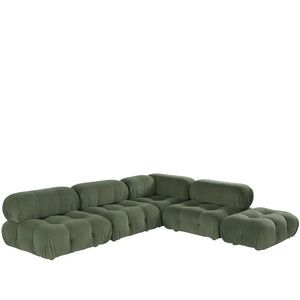
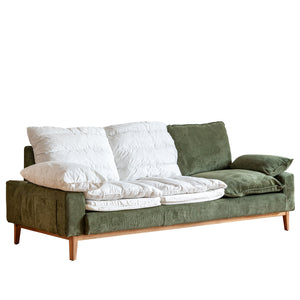
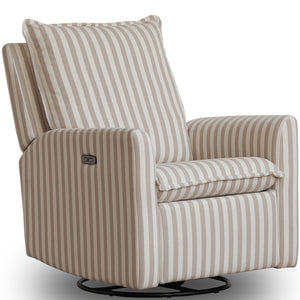

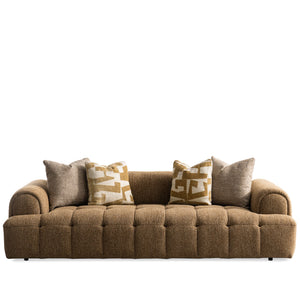

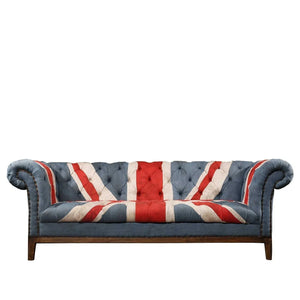
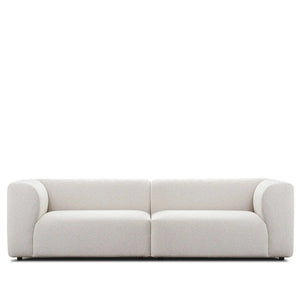
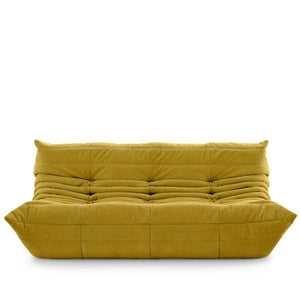
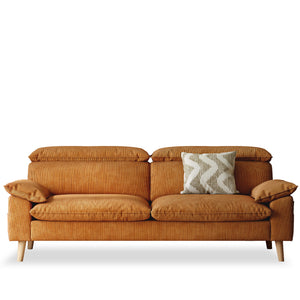

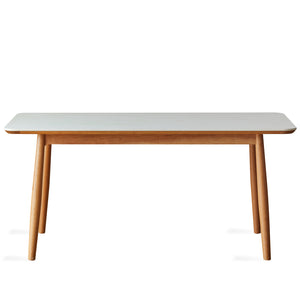
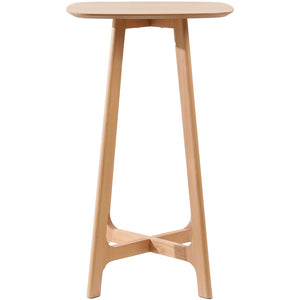
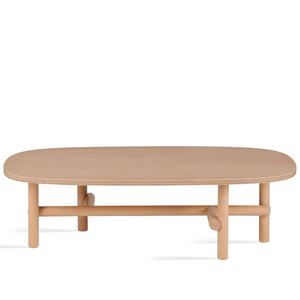
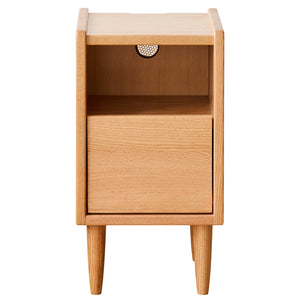
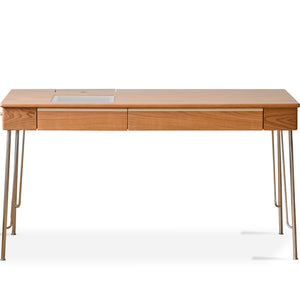
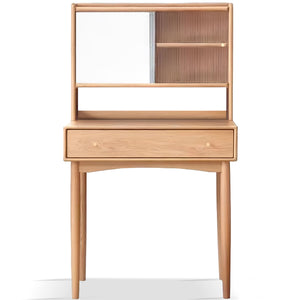

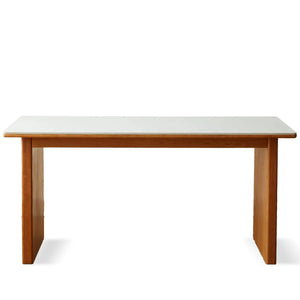
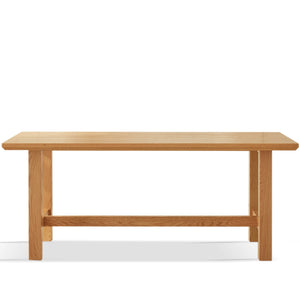
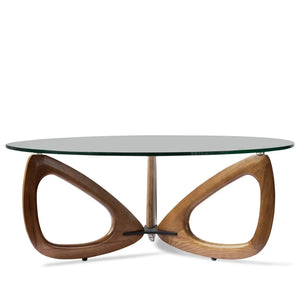
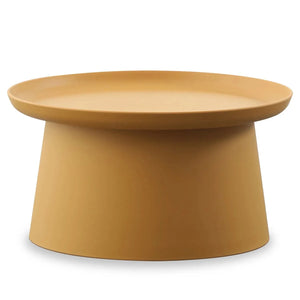

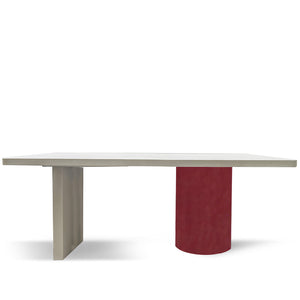

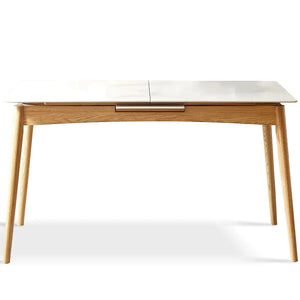
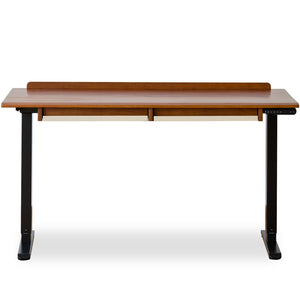
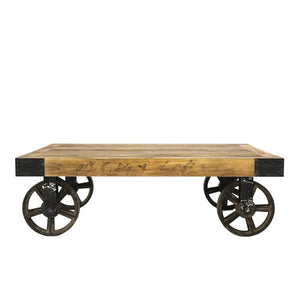

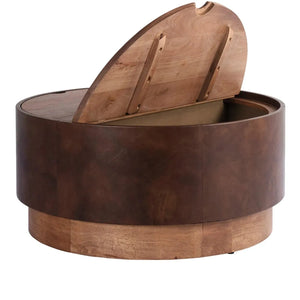

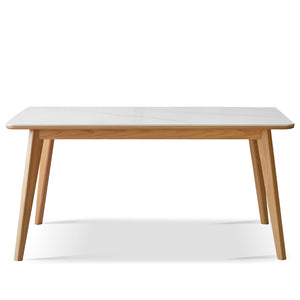

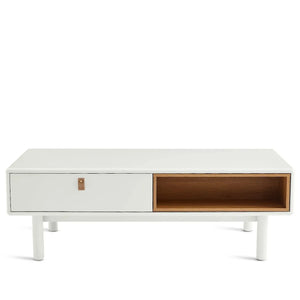
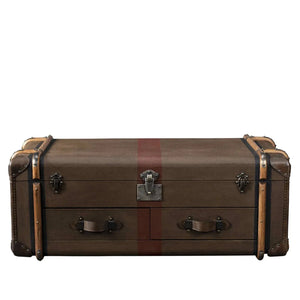
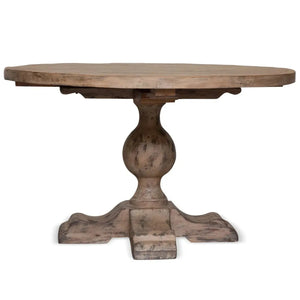

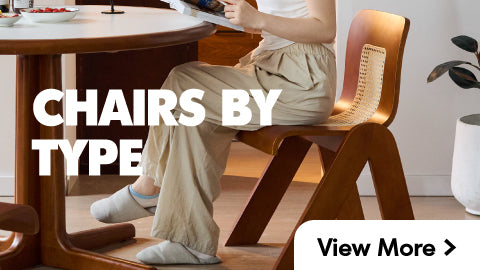
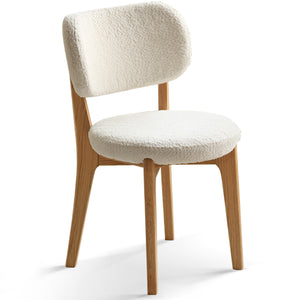
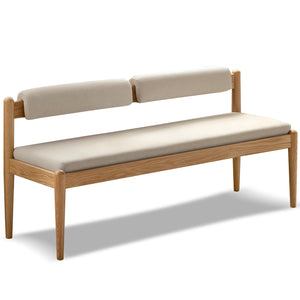
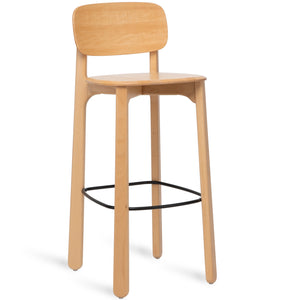
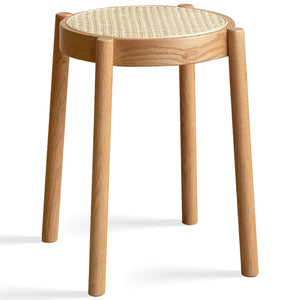
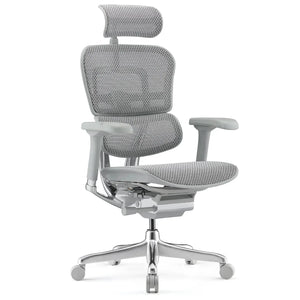
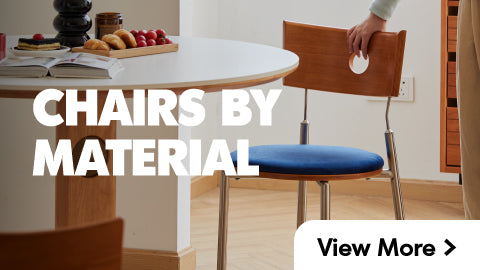
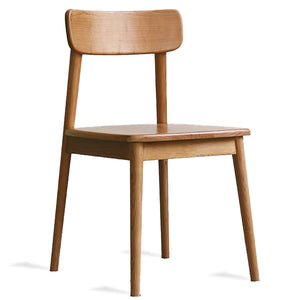
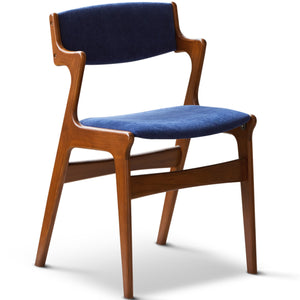
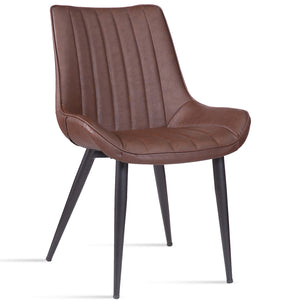
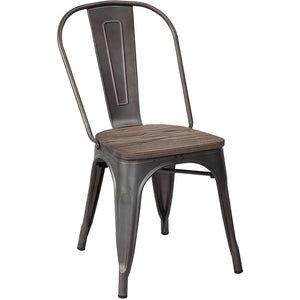
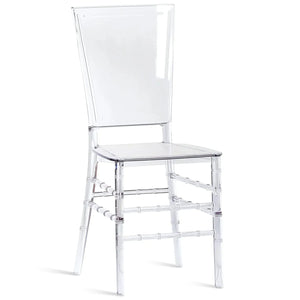
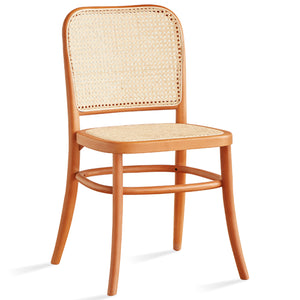
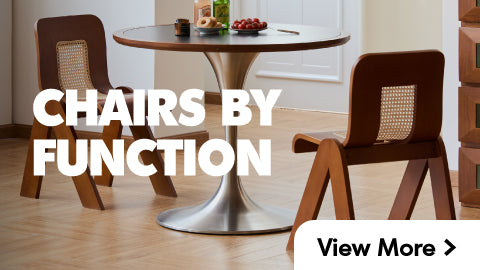
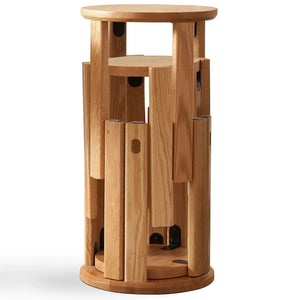

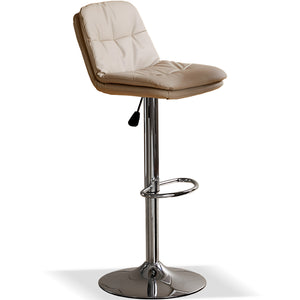
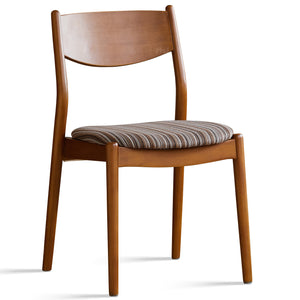
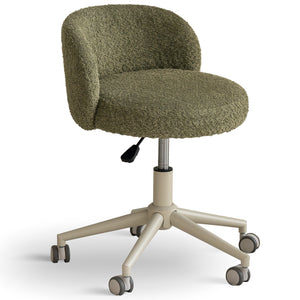
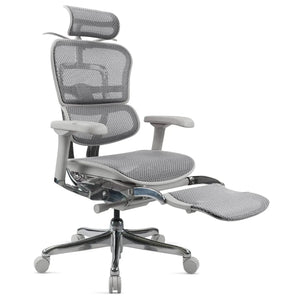

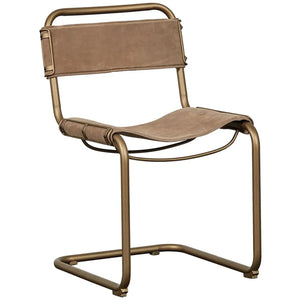
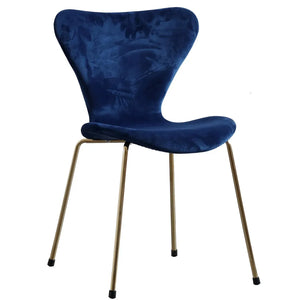
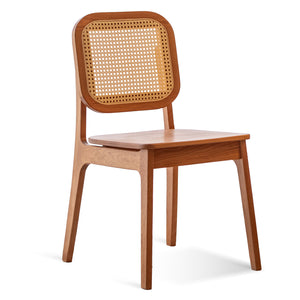
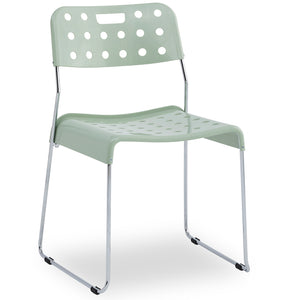
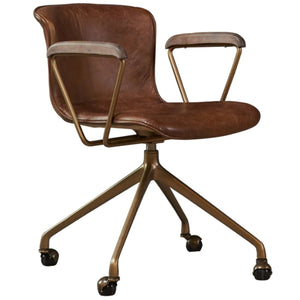
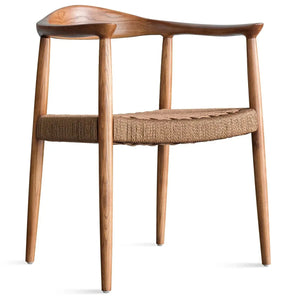
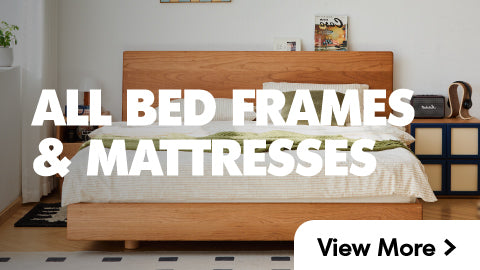
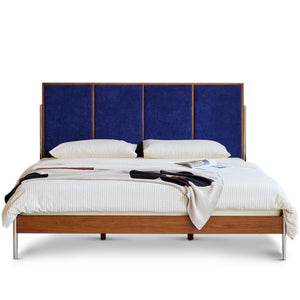


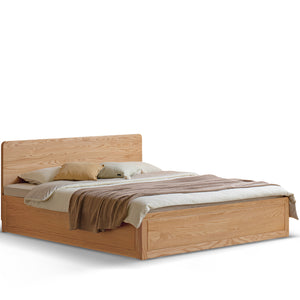
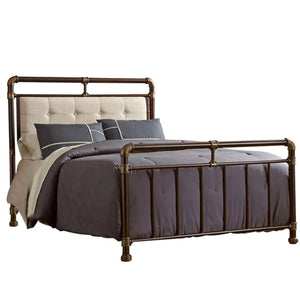
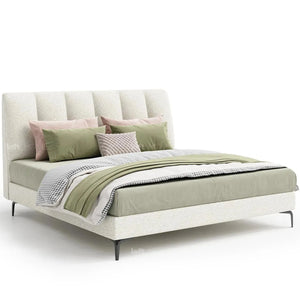
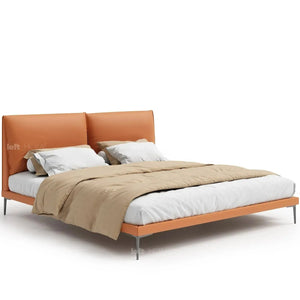
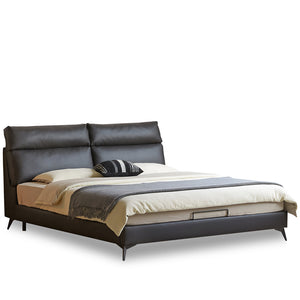
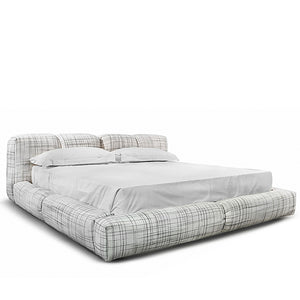

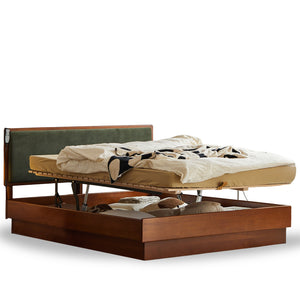


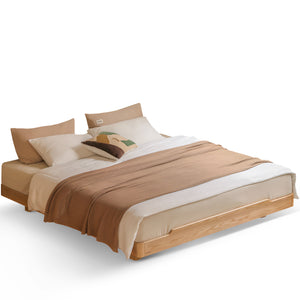
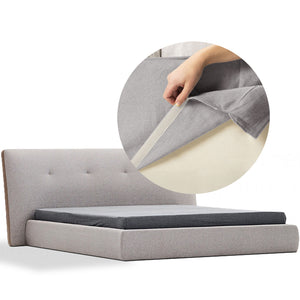
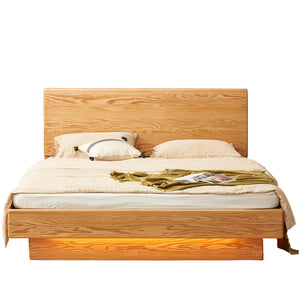

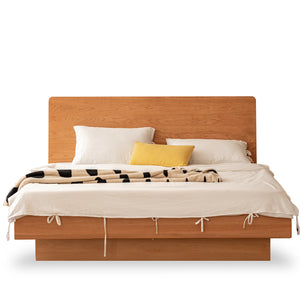
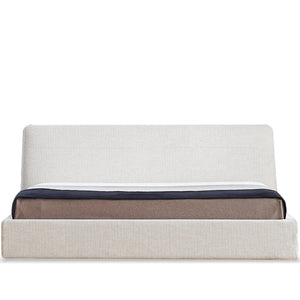
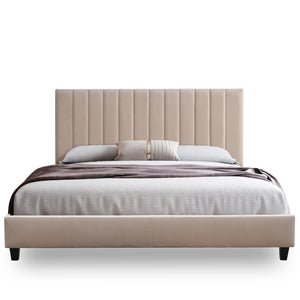
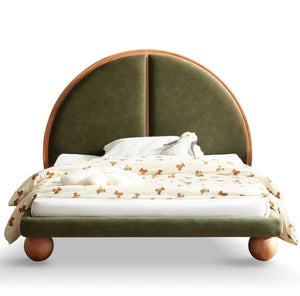
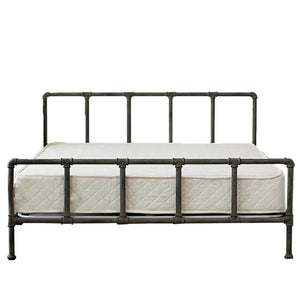
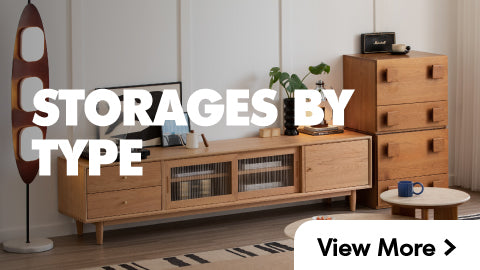
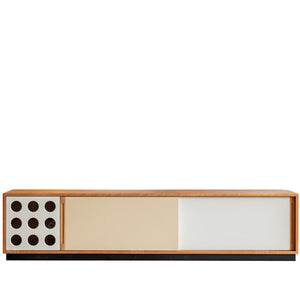

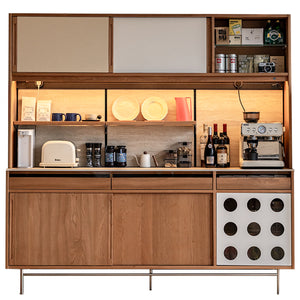
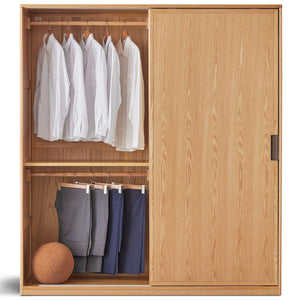

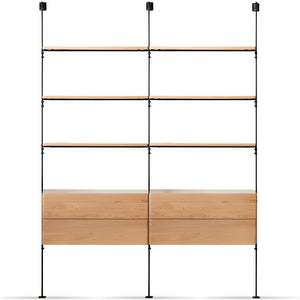
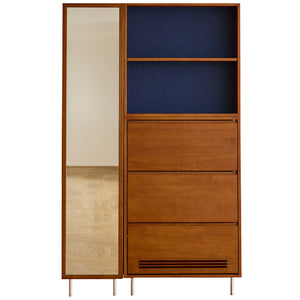
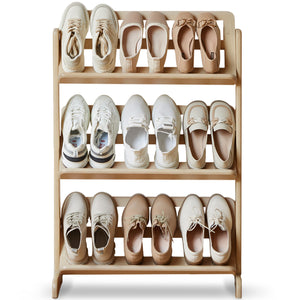
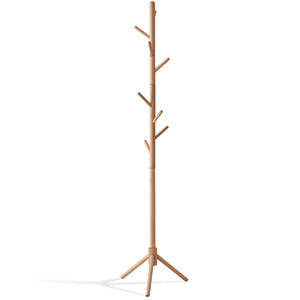

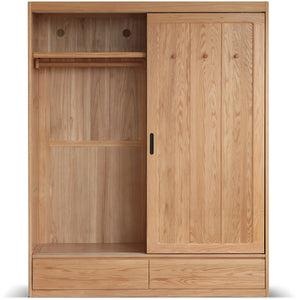
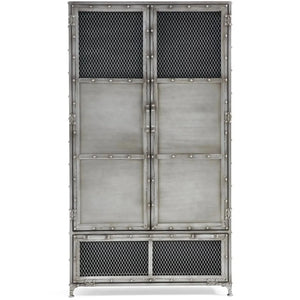
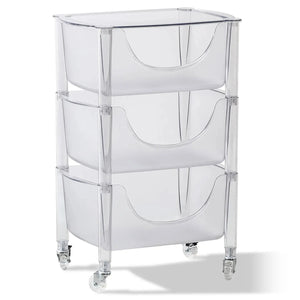
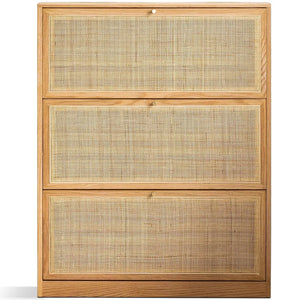
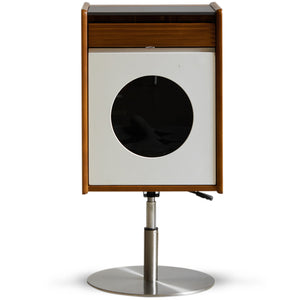
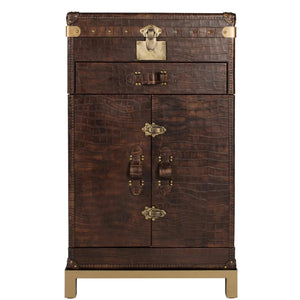


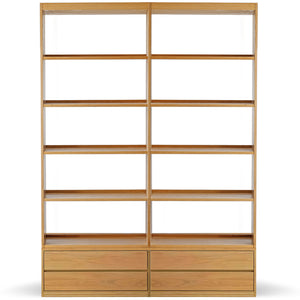
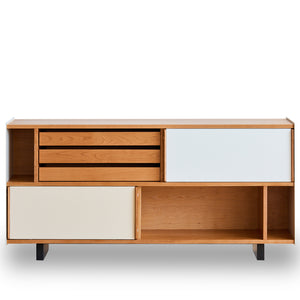
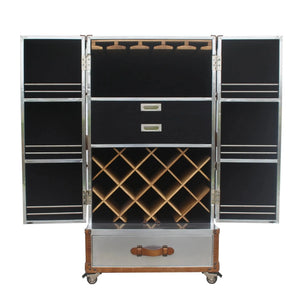
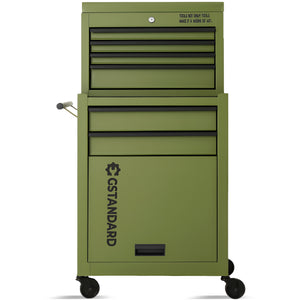


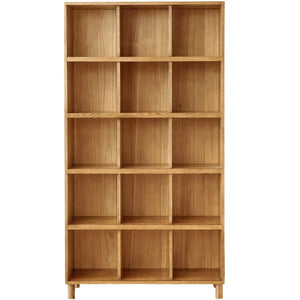

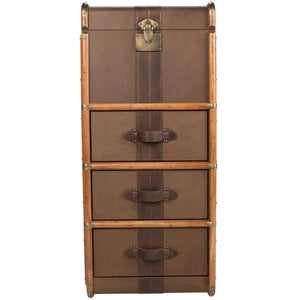
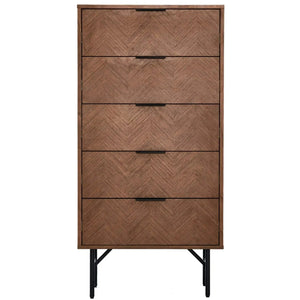

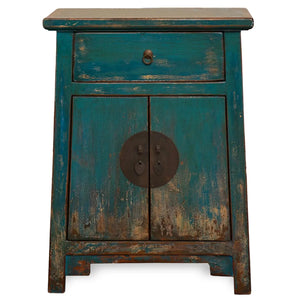
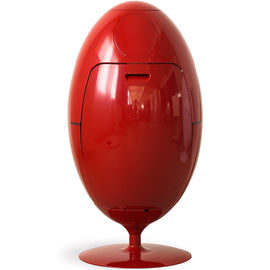
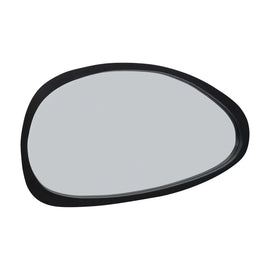




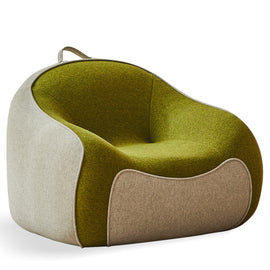
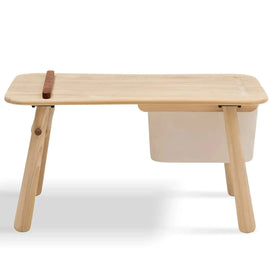
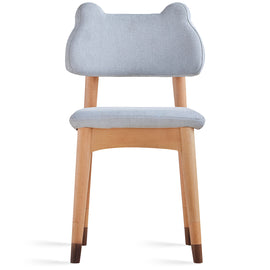
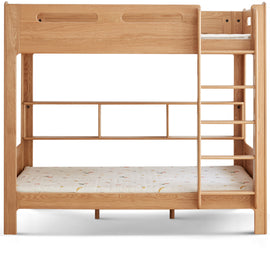
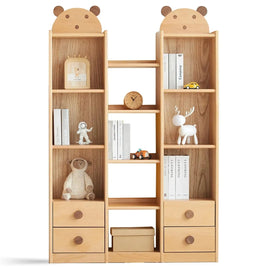
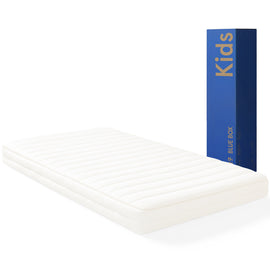
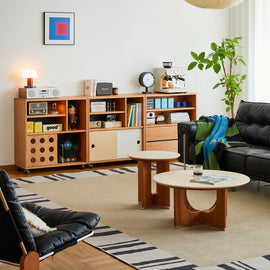
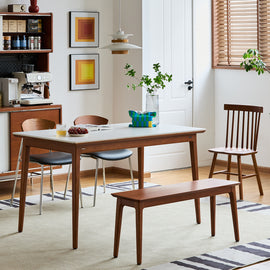

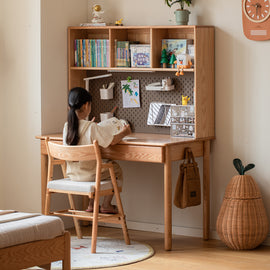


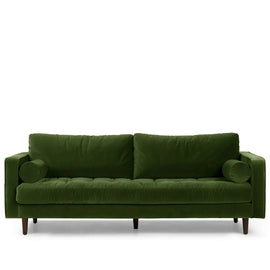
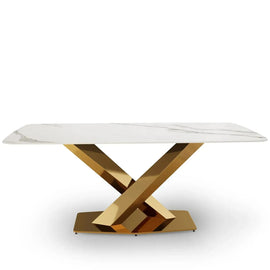
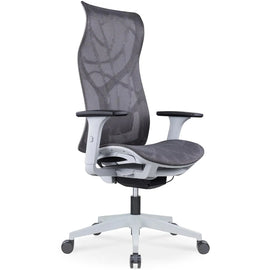
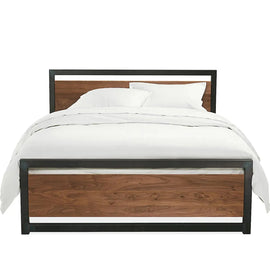
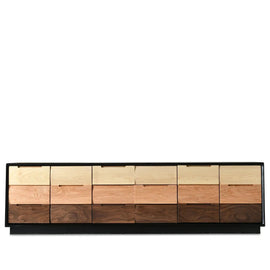


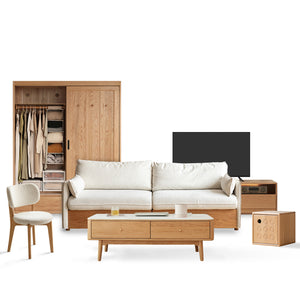
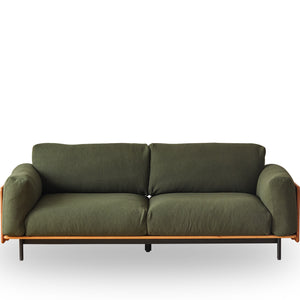
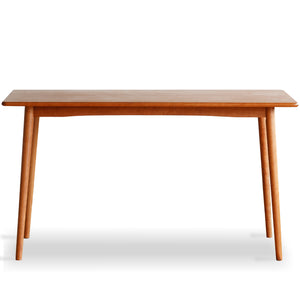
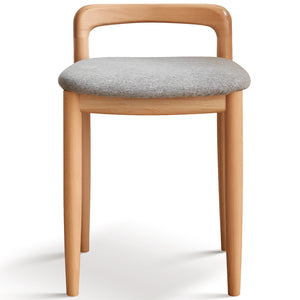
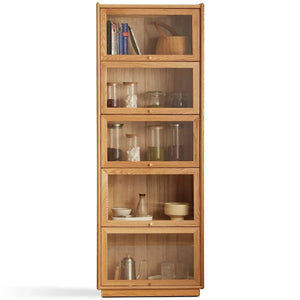
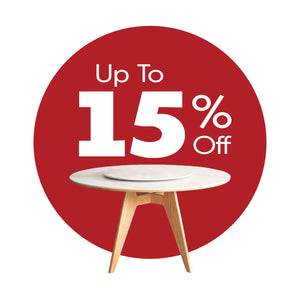


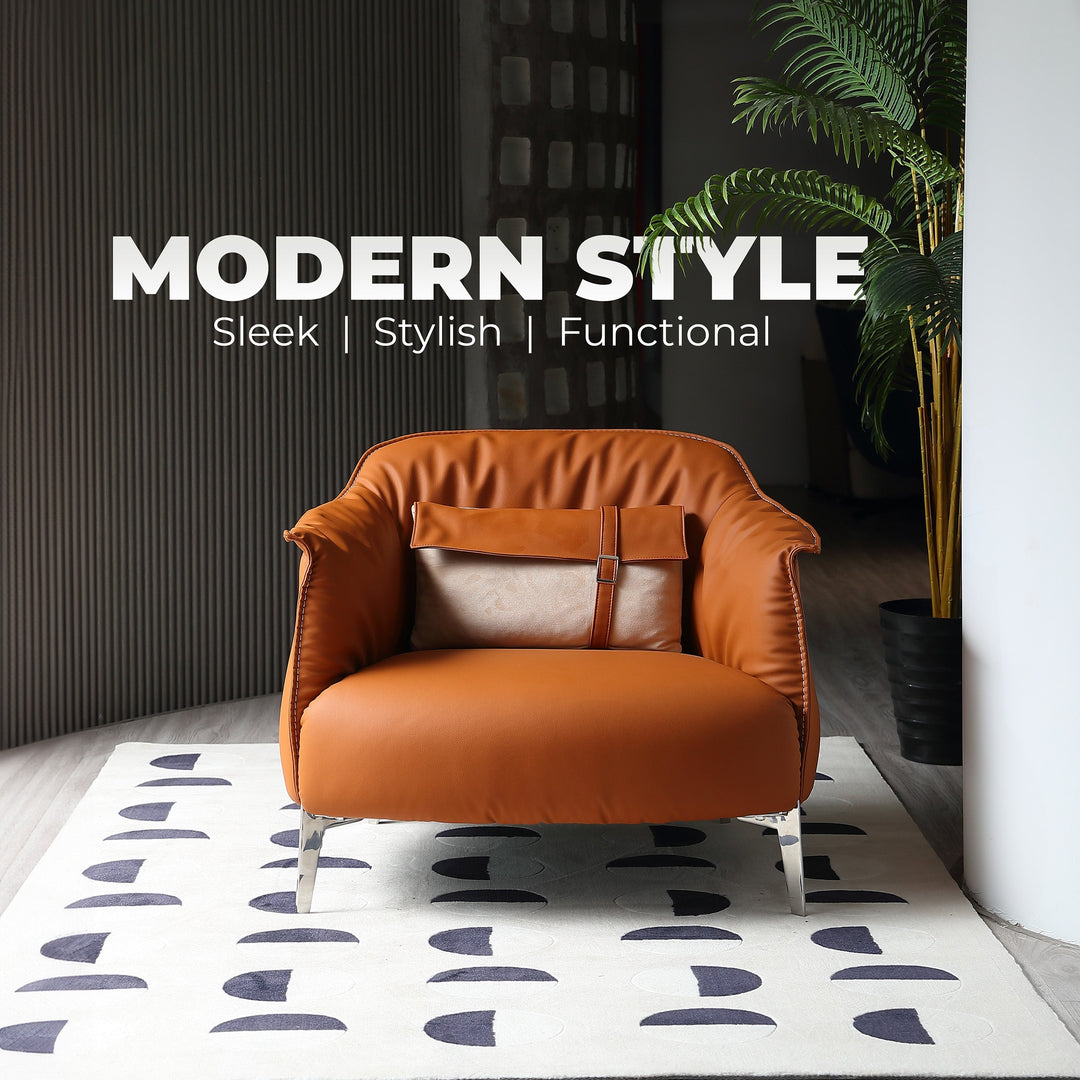
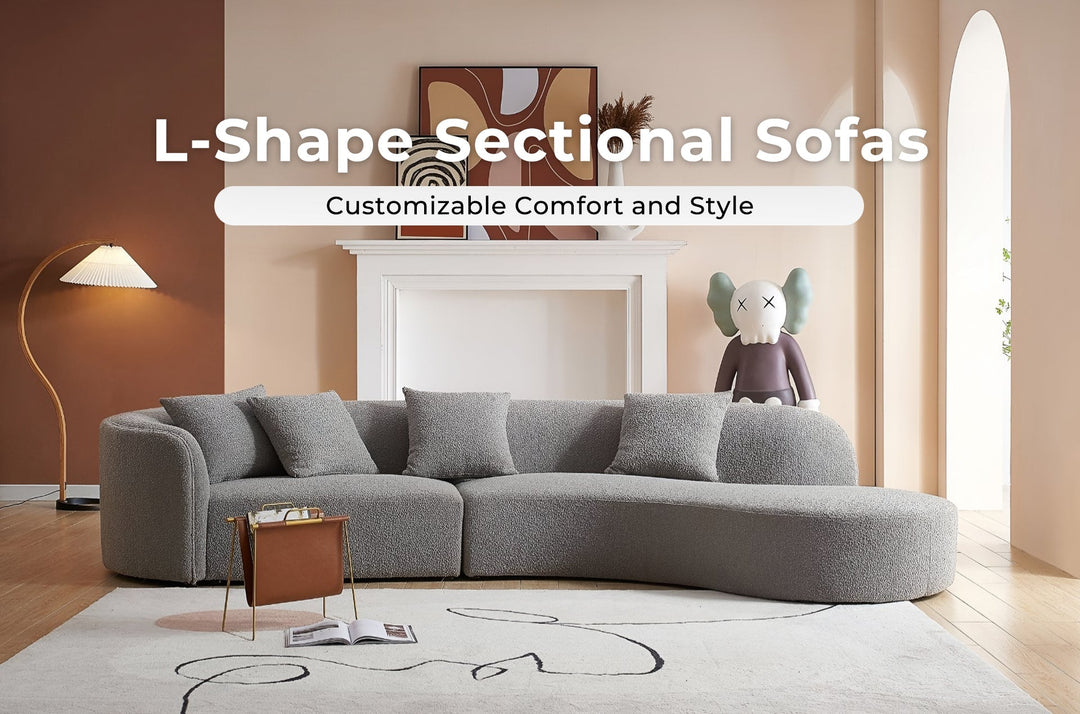

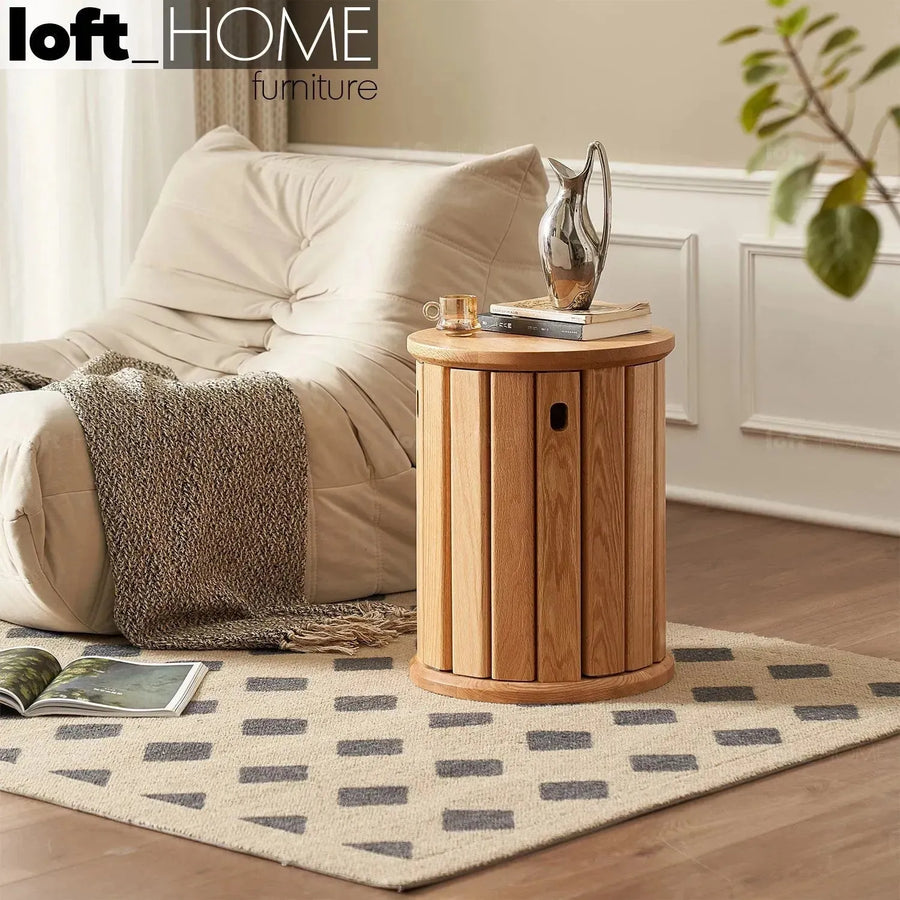
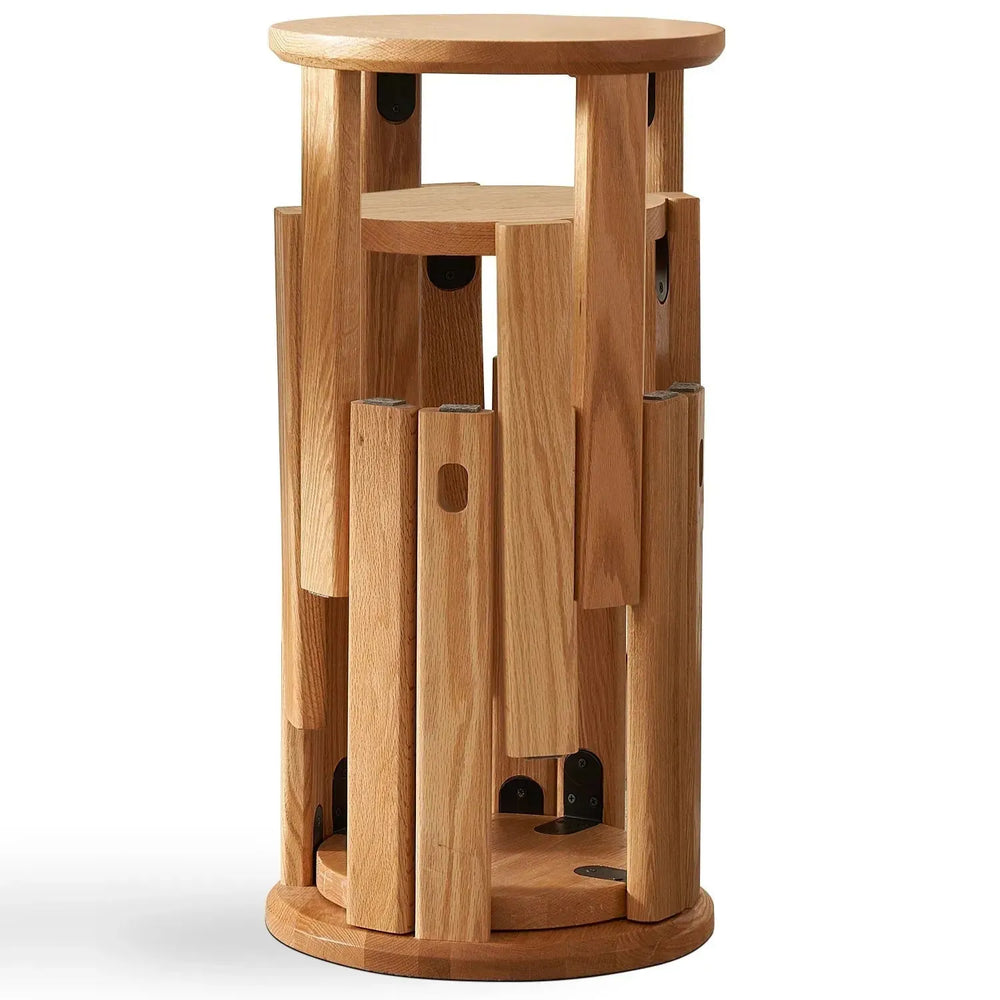




Leave a comment